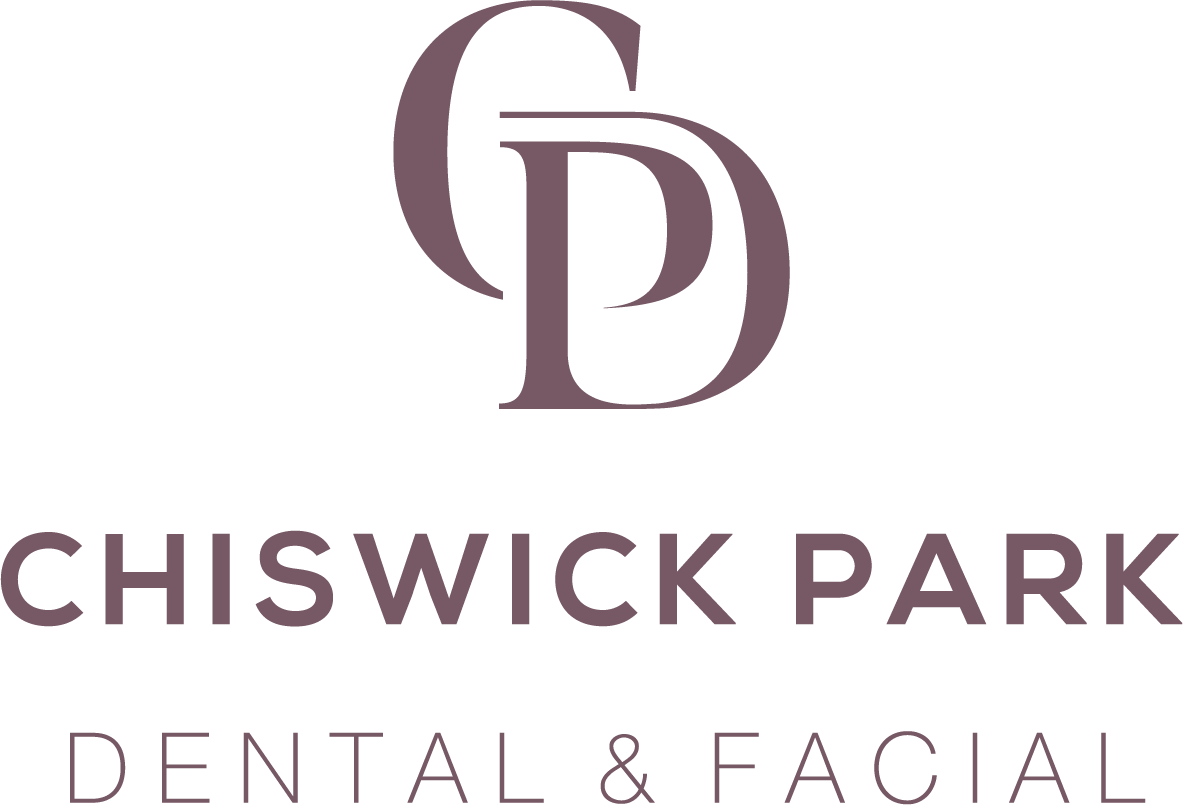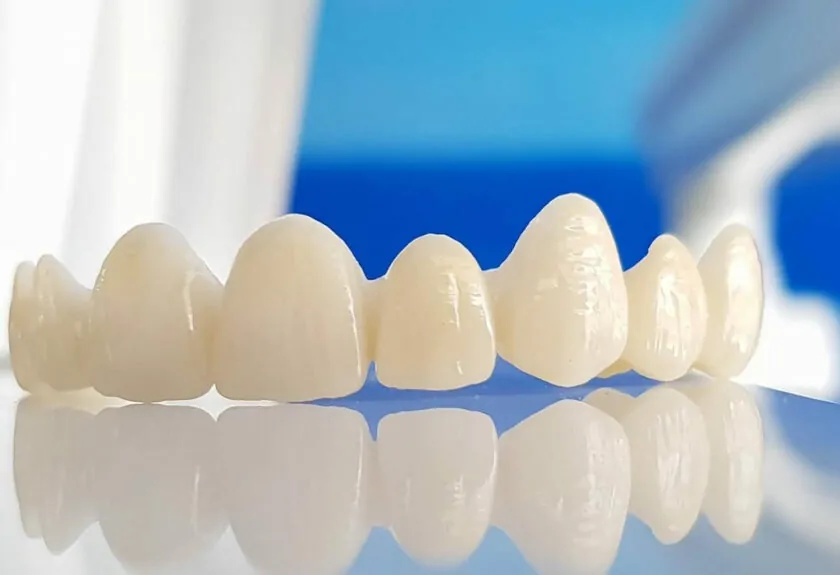Introduction:
When it comes to dental restorations, crowns play a crucial role in strengthening and enhancing the appearance of damaged or decayed teeth. Among the various types of crowns available, porcelain bonded crowns and zirconia crowns are two popular options. Understanding their differences and benefits can help patients make informed decisions about which option suits their specific dental needs. In this blog, we will explore the dissimilarities between porcelain bonded crowns and zirconia crowns in the field of dentistry.
Porcelain Bonded Crowns:
Porcelain bonded crowns, also known as porcelain-fused-to-metal (PFM) crowns, have been widely used in dentistry for many years. These crowns consist of an inner metal core, usually made of gold or a non-precious alloy, which provides strength and stability. The porcelain material is layered over the metal core, mimicking the appearance of natural teeth.
Advantages of Porcelain Bonded Crowns:
1. Aesthetic Appeal: Porcelain bonded crowns can closely resemble the color and translucency of natural teeth, making them an excellent choice for restoring front teeth.
2. Strength and Durability: The underlying metal core in porcelain bonded crowns provides strength, allowing them to withstand chewing forces and function effectively.
3. Accuracy of Fit: These crowns can be customized to fit precisely over the prepared tooth structure, ensuring a comfortable and secure fit.
4. Cost-effective: Compared to some alternative options, porcelain bonded crowns can be a more affordable choice for patients.
Zirconia Crowns:
Zirconia crowns have gained popularity in recent years due to their remarkable strength and aesthetic properties. Zirconia is a white, biocompatible material that is highly resistant to fracture and wear.
Advantages of Zirconia Crowns:
1. Strength and Durability: Zirconia crowns are renowned for their exceptional strength, making them suitable for both anterior and posterior teeth. They can withstand significant chewing forces and are less prone to chipping or cracking.
2. Aesthetics: Zirconia crowns offer excellent aesthetic results, thanks to their tooth-like translucency and natural appearance. They can be color-matched to adjacent teeth, ensuring a seamless smile.
3. Biocompatibility: Zirconia is known for its biocompatibility, meaning it is well-tolerated by the human body, reducing the risk of allergic reactions or gum irritation.
4. Minimal Tooth Reduction: Zirconia crowns often require less tooth reduction compared to porcelain bonded crowns, preserving more of the natural tooth structure.
Choosing the Right Option:
Selecting the most suitable crown material depends on various factors, including the location of the tooth, the patient’s bite force, aesthetic preferences, and budget. Your dentist will thoroughly evaluate your specific situation and provide recommendations based on your unique needs.
Conclusion:
Porcelain bonded crowns and zirconia crowns are both valuable options for dental restorations, each with its own advantages. While porcelain bonded crowns offer aesthetic appeal and cost-effectiveness, zirconia crowns excel in strength, durability, and biocompatibility. Consulting with your dentist is essential to determine the most appropriate crown material that will help restore your smile and oral health effectively.

















